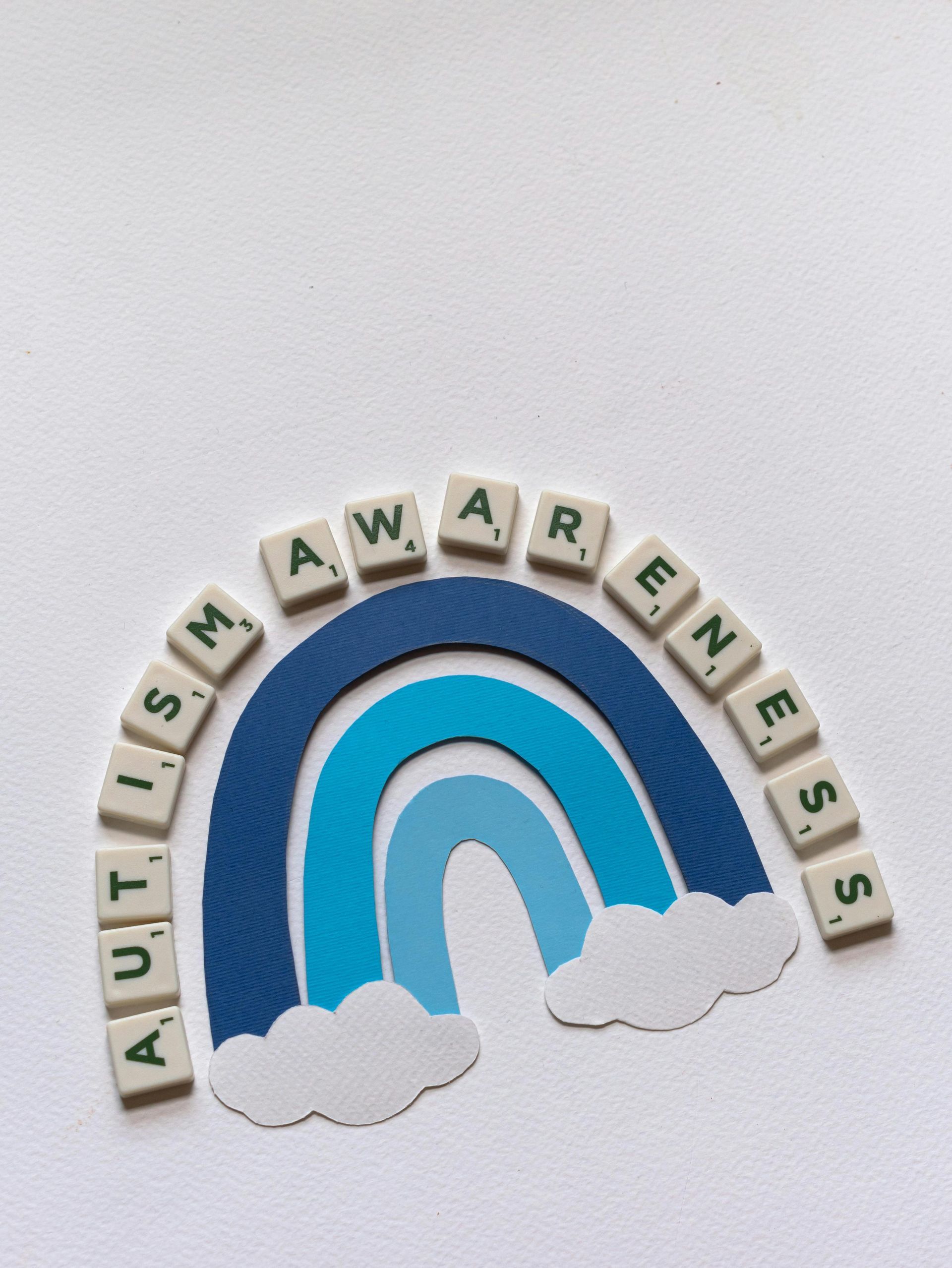Supporting Sleep for Children with Autism: Simple Bedtime Strategies That Work
Lacy Hess • April 7, 2025
Practical Sleep Tips for Supporting Children with Autism at Bedtime

April is Autism Awareness Month, and it’s the perfect time to shine a light on how we can better support the unique needs of children with Autism Spectrum Disorder (ASD)—especially when it comes to sleep.
Establishing healthy sleep habits is important for all children, regardless of neurodiversity. While many strategies that help neurotypical children can also benefit those with autism, some additional techniques can be especially supportive in promoting a restful night’s sleep.
In this post, we’ll explore practical, gentle sleep strategies that can be tailored to fit the needs of children with ASD—while recognizing that every child is wonderfully unique.
Why Sleep Matters for Children with Autism
Research shows that children with autism are more likely to experience sleep difficulties, including trouble falling asleep, night wakings, and irregular sleep patterns. These challenges can affect not only the child’s mood and development but also the well-being of the entire family.
By understanding your child’s sensory and communication needs, you can create a calming, predictable bedtime experience that helps them feel secure and supported.
Practical Sleep Strategies for Children with Autism
Here are several strategies that can be helpful in guiding your child to better sleep—while creating a routine that feels predictable and reassuring:
1. Try a 3D Schedule
Turn the bedtime routine into a hands-on experience. Use a three-dimensional schedule where each activity (bath, pajamas, brushing teeth, etc.) is represented by an object or visual. Once a task is completed, your child can place the item in an “all done” box. This approach adds a sense of control and predictability.
2. Use Visual Timers
Visual timers can help your child see how much time remains for each part of the routine. This reduces the anxiety that can come from transitions and helps set clear expectations—something many kids with ASD find comforting.
3. Offer Simple Choices
Providing small choices during the bedtime routine gives your child a sense of autonomy. For example, “Would you like pillow smushes or a massage after your bath?” These choices can ease transitions and create a positive association with bedtime.
4. Separate Screens for Communication and Play
If your child uses devices to communicate, it can be helpful to distinguish between screens used for communication and those used for entertainment. Consider removing the entertainment device after bath time to help signal the transition to bedtime.
5. Make Gradual Changes
If you’re trying to shift the bedtime routine, go slow. Introduce one change at a time and give your child the space they need to adjust. You know your child best—honor their pace, and don’t feel pressure to rush through transitions.
Let’s Continue the Conversation Beyond April
While April is Autism Awareness Month, supporting neurodivergent children should be a year-round priority. By sharing tools, offering grace, and tailoring sleep support to individual needs, we can make bedtime smoother and more restful for everyone.
💌 Want weekly sleep tips like this delivered straight to your inbox?
Sign up for my email list and never miss a blog post, new resource, or special offer! You’ll receive age-specific sleep tips for newborns, infants, and toddlers—plus expert insight to help your family rest easy.
Together, we can create a calm, confident bedtime routine that works for your child—no matter their needs. 💙
🌙 Struggling with your child’s sleep?
Let’s talk! I offer free 15-minute discovery calls to help you find a path forward that works for your family’s unique needs.
Together, we can create a calm, confident bedtime routine that works for your child—no matter their needs. 💙




